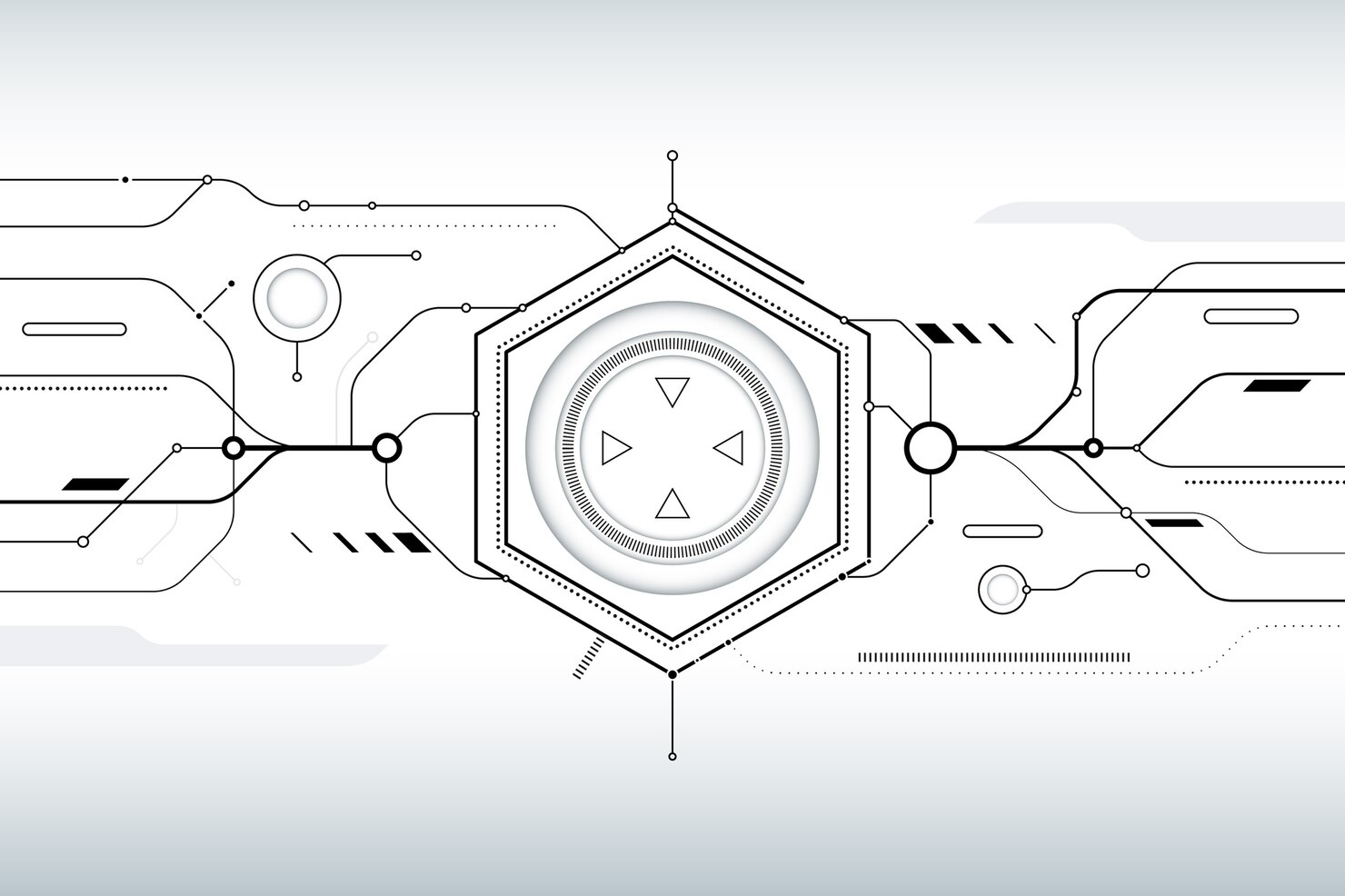Currently, “chips” are a hot topic in both economic, political and legal discussions. From the perspective of intellectual property law, chips are considered a form of integrated circuit. Simply speaking, semiconductor integrated circuits are electronic circuits in which all the elements including transistors, diodes and resistors are grown in a special order on the surface of a thin semiconductor. In modern technological life, integrated circuits are an increasingly important component of many types of electronic devices, from watches and washing machines to more complex devices such as self-driving cars or smart homes and AI supercomputers.

The semiconductor sector is the outcome of a huge investment and encompassing numerous areas that necessitate intellectual property safeguarding. These domains encompass materials, fabrication techniques, processors, memory, security features, sensors, analog systems, system integration, packaging, communication technologies, software, testing, and validation. In order to deter unauthorized replication of designs and to encourage investment in this field, it is imperative to ensure robust protection for the layout design (topography) of integrated circuits through various means available. Previously, the technology that was likely to be protected under trade secrets and layout-design of integrated circuits. Nowadays, semiconductor businesses ought to consider and search for ways to provide value through higher-level IP right that secures industry-specific uses for their technology.
1. International legal regulations governing the protection of layout-design of integrated circuit
One of the most earliest international legislations in the field of intellectual property rights protection for layout-design of integrated circuit is the Washington Treaty on Intellectual Property in Respect of Integrated Circuits 1989 (“IPCT Treaty 1989”). Under the IPIC Treaty 1989, each Contracting Party is obliged to secure, throughout its territory, exclusive rights in layout-designs (topographies) of integrated circuits. The obligation shall apply to layout-designs that are original in the sense that they are the result of their creators’ own intellectual effort and are not commonplace among creators of layout-designs and manufacturers of integrated circuits at the time of their creation. The IPIC Treaty is currently not in force, but was partially integrated into the TRIPS agreement. The IPCT Treaty 1989 has been incorporated by reference into the TRIPS Agreement of the World Trade Organization (WTO) with some modifications. Therefore, WTO member countries are obliged to meet the provisions on the protection of layout-design of intergrated circuit imposed by TRIPS.
2. Ability to protect layout-design of integrated circuit under existing intellectual property rights
The peculiarities of the layout-design of integrated circuit make them difficult to be compatible with other types of intellectual property rights. The layout-design is functionally specific, so it is not consistent with the nature of copyright. Meanwhile, although the protection conditions of a layout-design also require novelty like an invention, however, we need to realize that while the novelty of an invention is strictly novel, the novelty of a layout-design is “commercial novelty,” which is much less stringent. In addition, a layout-design cannot meet the inventive requirements as required for a patent. Regarding industrial designs, layout-design of integrated circuit are not considered industrial designs because they are not the external appearance of the product but focus on the physical location, inside the integrated circuit, of the each electronic-function element.
For the above reasons, the TRIPS Agreement gives member countries an open option to prescribe protection with a layout-design to each country’s approach. This Agreement specifically mentions that member states have the right to provide protection mechanisms for layout-designs in the form of copyright, patents, utility models, industrial designs, unfair competition or any other form. Countries can protect layout-designs in the name of existing intellectual property rights or can also design a separate law for this subject (which, in fact, Japan and India have done).
Another type of intellectual property rights that applicants often pay attention to when wanting to protect their layout designs is trade secrets. However, layout designs are assets that are easy to reverse engineer and copy, so trade secrets seem to be a less effective type of intellectual property right in this area.
Therefore, to effectively protect intellectual property rights of layout-design of integrated circuit, various elements of layout-designs of integrated circuit can be protected by other types of intellectual property rights.
3. Regulations of Vietnamese law on protection of layout-designs of integrated circuit
Vietnam is a member of the TRIPS Agreement. Therefore, Vietnam’s intellectual property law has also complied with provisions of the TRIPS Agreement. According to Vietnamese law, a layout-design of integrated circuit is the spatial structure of circuit elements and the connections of those elements in an integrated circuit.
Vietnam does not have a separate law on the protection of layout-designs of integrated circuit like some other countries. Instead, the layout-design of integrated circuits is regulated as part of intellectual property law. Industrial property rights to layout-designs are established on the basis of the decision to grant a protection title by the Vietnam National Office of Intellectual Property according to the registration procedures prescribed in the Intellectual Property Law or recognition of international registration according to the provisions of international treaties to which Vietnam is a member. This is different from some countries such as Singapore and New Zealand where these countries do not require layout-designs to be registered and protected on the basis of the issued certificate, but will be automatically protected from the time they are presented into commercial exploitation.
In Vietnam, layout-designs are protected if they meet the conditions of originality and commercial novelty. In which:
- Regarding originality: A layout-design is considered original if it is the result of the author’s own creative labor and has not been widely known by layout-design creators and semiconductor integrated circuit manufacturers at the time of creating the layout-design.
- Regarding commercial novelty: A layout-design is deemed to possess commercial novelty if it hasn’t been commercially utilized anywhere globally before the application filing date. Specifically, commercial exploitation of layout-designs means publicly distributing semiconductor integrated circuits, manufactured based on layout designs, or goods containing such circuits, for commercial purposes.
The protection of layout-designs of integrated circuits is time-limited. Accordingly, the registration certificate for layout-designs of integrated circuits takes effect from the date of issuance and expires on the earliest of the following dates:
- The end of ten years from the date of application;
- Ten years from the date the layout design is registered by the rights holder or the person authorized by the rights holder to commercially exploit it for the first time anywhere in the world;
- The expiration of fifteen years from the date of creation of the layout design.
4. Conclusion
The matter of protecting layout-designs of integrated circuit is not novel. Nevertheless, given the present circumstances, regulations governing this area require reassessment to accurately reflect the importance of such assets. In Vietnam, existing regulations concerning the protection of layout-designs of integrated circuit are generally rather basic, failing to ensure the growth of the chip market as envisioned by the Vietnamese Government. In this regard, enterprises should carefully deliberate and seek counsel from experts to ascertain the precise assets and protection methods they need to employ in order to effectively safeguard a technical asset with substantial investment value.
Disclaimers:
This article is for general information purposes only and is not intended to provide any legal advice for any particular case. The legal provisions referenced in the content are in effect at the time of publication but may have expired at the time you read the content. We therefore advise that you always consult a professional consultant before applying any content.
For issues related to the content or intellectual property rights of the article, please email cs@apolatlegal.vn.
Apolat Legal is a law firm in Vietnam with experience and capacity to provide consulting services related to Intellectual Property Rights and contact our team of lawyers in Vietnam via email info@apolatlegal.com.




































